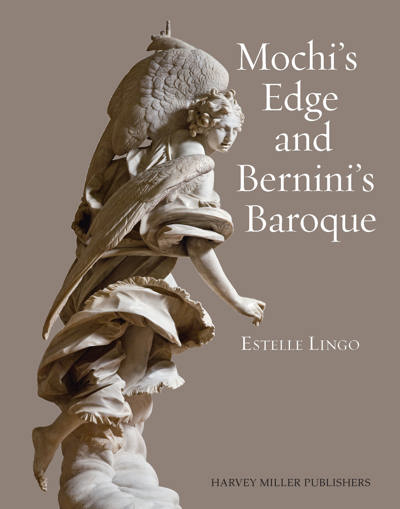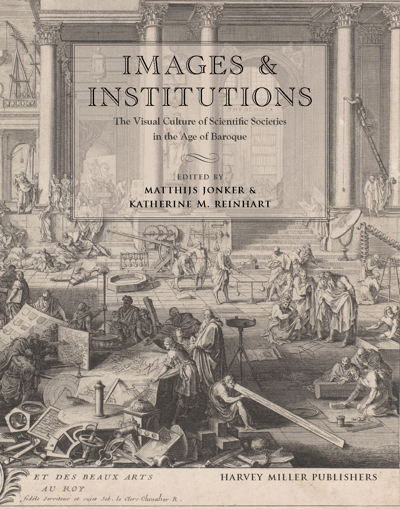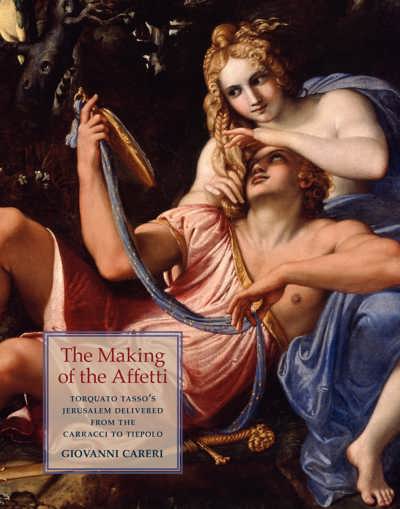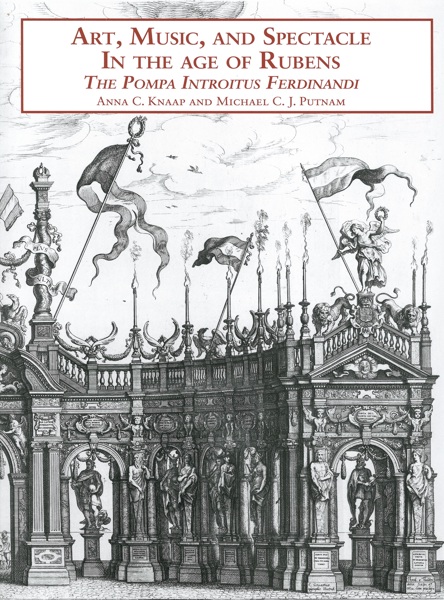
Images and Institutions
The Visual Culture of Scientific Societies in the Age of Baroque
Matthijs Jonker, Katherine Reinhart (eds)
- Pages: approx. viii + 368 p.
- Size:220 x 280 mm
- Illustrations:6 b/w, 116 col.
- Language(s):English
- Publication Year:2026
- € 75,00 EXCL. VAT RETAIL PRICE
- ISBN: 978-1-915487-20-9
- Hardback
- Forthcoming (Mar/26)
- ISBN: 978-1-915487-21-6
- E-book
- Forthcoming
*How to pre-order?
This edited volume provides the first comprehensive and comparative understanding of the function of images and visual strategies within scientific institutions from the late 15th until the late 18th century.
Matthijs Jonker is the Director of Studies in Art History and Cultural Sciences of the Royal Netherlands Institute in Rome (KNIR) and an assistant professor at the History and Art History Department of Utrecht University. He specializes in the history of art, science, and culture of the early modern period, with a particular focus on academization processes and on the role of images in the transcultural and transatlantic production and circulation of knowledge.
Katherine Reinhart is an assistant professor of Art History at Binghamton University, State University of New York. She specializes in the history of art, science, and visual culture of the early modern period, with a particular focus on the creation, use, and circulation of images in the formation of knowledge.
One of the most important developments in the history of science from the late 15th until the late 18th century was the foundation of institutions for collaborative research and the publication of knowledge, such as the Accademia dei Lincei in Rome (1603), the Academia Naturae Curiosorum (Leopoldina) in Schweinfurt (1652), the Accademia del Cimento in Florence (1657), the Royal Society in London (1660), the Académie Royale des Sciences in Paris (1666), and the Scientific Academy of St Petersburg (1725). Within these institutions, knowledge was not only acquired and disseminated orally and textually, but also visually. From drawings, which circulated in society meetings to the printed plates in their published books, images across all media were vital to the developing practices of early modern science. This volume provides the first comprehensive and comparative understanding of the function of images and visual strategies within these burgeoning institutions. The contributions deal with the visualization a manifold of early modern scientific disciplines (from natural history to medicine, from mathematics to acoustics, and from ethnography to geology and geometry) in institutions in Italy, France, Germany, Great Britain, Portugal, Russia, and the Netherlands, from the late 15th until the late 18th century. By combining a multidisciplinary perspective with a wide geographical point of view and a long temporal framework, the volume provides new insight into the critical role of visual practices within pre-modern scientific societies.
Introduction (Matthijs Jonker and Katherine Reinhart)
Part I. Images and Authority
Ut pictura manifestat: The Accademia dei Lincei and the Reliability of Images (Irene Baldriga)
Understanding the Exotic: The Accademia dei Lincei’s Images for the Tesoro messicano (Matthijs Jonker)
Science and Statecraft: On the Epistemic and Political Functions of Images in the Académie Royale des Sciences (Katherine Reinhart)
Visual Culture in the Experimental Reports of the Accademia del Cimento, ca 1657-62 (Stefano Gulizia)
Individual Images and Collective Empiricism: Observations in the Miscellanea curiosa of the Leopoldina (Simon Rebohm)
Author or Editor? Image-making in the Society of Physicians in London (1754-1784) (Alicia Hughes)
Part II. Artists and Naturalists
Tasteful Science and Networks of Knowledge at the Jardin du Roi: Madeleine Françoise Basseporte’s Shell Paintings on Vellum (1747-68) (Carole Nataf)
On the Use of Drawing in Eighteenth-Century Botanical Expeditions for the Development of Hispanic America (Juan Ricardo Rey Márquez)
The Supervision of Draughtsmen and Printmakers in the Early Académie Royale des Sciences (Antoine Gallay)
The Arts in the Academy of Sciences of St Petersburg (Bert van de Roemer)
Institutional Interdependencies: The Visual Culture of the Collegium illustre Carolinum (Sophie-Luise Mävers-Persch)
Epistemic Emblems: Ottavio Scarlattini and the Network of the Accademia dei Gelati in Bologna (Immacolata Iaccarino)
Part III. Images and Debates
Two Previously Unidentified States of Mattheus Greuter’s Melissographia (1625) and the Interdynamics of the Early Accademia dei Lincei (Ruth Sargent Noyes)
With Compass and Ruler: Drawing Echoes for the L’Académie Royale des Sciences, Belles-Lettres et Arts in Bordeaux (Leendert Van der Miesen)
Images, Mechanics & Institutions: The Debate on Ancient Triremes within Late Seventeenth-Century Academies in Rome (Federica Favino)
Microscopy and the Signatures of Plants in Early Royal Society of London (Xinyi Wen)
Epilogue: Early Modern Scientific Institutions and Their Images (Sachiko Kusukawa)
Bibliography
Index





